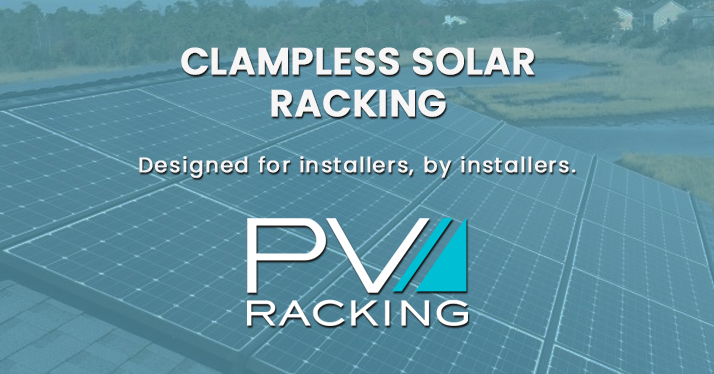AFICT Quick Mount PV is a roof attachment that uses conventional flashings, consider https://quickbolt.com/catalog?field_...ms_per_page=12
FWIW, I'M in Kentucky. Here the complications get really bad above 40KW & the coal lobby keeps attacking even net metering. I haven't tried to get a permit so don't know about engineering stamp requirement. My objections to clamps have been stated previously and came into being after I found an alternative. By using the "PV Stealth" rails from
conventional clamps are completely eliminated and the rails themselves, in effect, hold the full length of the panels on two sides once the panels are "slid" into position. Note electrical "ground" connection of the panels is separate with this system and is best accomplished by clip on "jumpers" which add $1.5 per panel.
FWIW, I'M in Kentucky. Here the complications get really bad above 40KW & the coal lobby keeps attacking even net metering. I haven't tried to get a permit so don't know about engineering stamp requirement. My objections to clamps have been stated previously and came into being after I found an alternative. By using the "PV Stealth" rails from
conventional clamps are completely eliminated and the rails themselves, in effect, hold the full length of the panels on two sides once the panels are "slid" into position. Note electrical "ground" connection of the panels is separate with this system and is best accomplished by clip on "jumpers" which add $1.5 per panel.

Comment